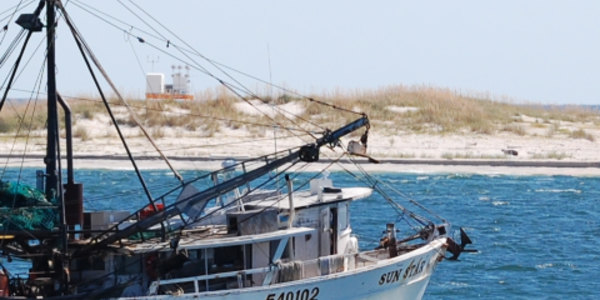This product is a collection of time series and anomalies for several ocean climate variables that are critical to understanding the Earth’s radiation budget, sea level, global freshwater budget, ocean subsurface temperature, and salinity. The heat and salt content component of this product form a long term Climate Data Record (CDR) that quantifies ocean heat content change over time.
About the Data
These fields and time series are calculated using in situ temperature and salinity data from the World Ocean Database. Calculations are performed as detailed in Levitus et al. (2012) using the World Ocean Atlas 2009 mean climatological fields for 1955–2006 as a basis for anomaly calculations.
Seasonal, Yearly, and Pentadal Fields
Ocean heat content, salt content, and sea level anomalies data are available at seasonal, yearly, and pentadal time scales.
Monthly Fields
Ocean heat content and temperature anomalies are available at a monthly time scale. Data for this time-scale has less certainty than other fields in this product.
Product Details
The ocean’s thermal expansion due to Ocean Heat Content (OHC) change directly affects sea level. Calculating OHC from in situ ocean subsurface temperature changes allows researchers to create a corresponding time series, but this data is limited by the uncertainty of temperature measurements and the geographic and temporal distribution of subsurface temperature measurements.
Subsurface salinity (alongside temperature and pressure) is an integral component of the Equation of State for Seawater, which is used to define the physical dynamic ocean. Subsurface salinity is also an ECV.
Salinity anomaly fields provide an indicator of changes in the ocean’s freshwater budget both on shorter time scales (indicative of evaporation/precipitation, river discharge, etc.) and longer time scales (indicative of transfer of freshwater from continental glaciers). In addition to freshwater changes, salinity anomalies provide a measure of halosteric change - saline contraction which affects sea level.
Acknowledgments
Ocean Heat Content, Salt Content, and Sea Level Anomalies is a joint project between NCEI and NOAA Global Ocean Monitoring and Observing (GOMO).
NOAA Global Ocean and Monitoring


